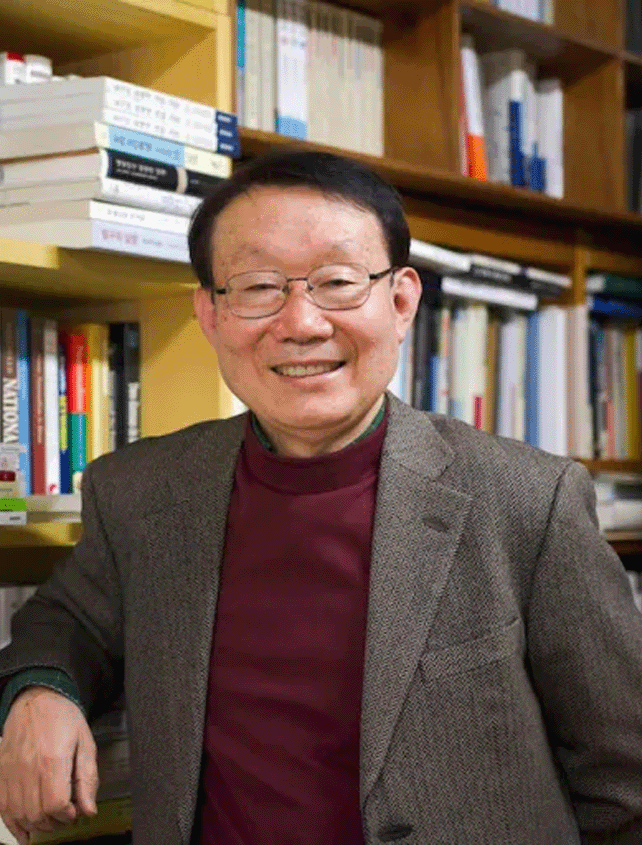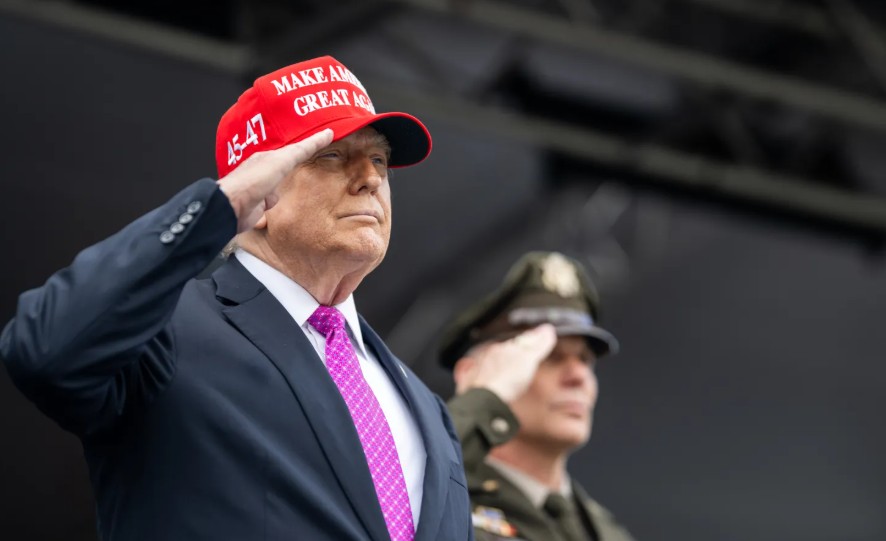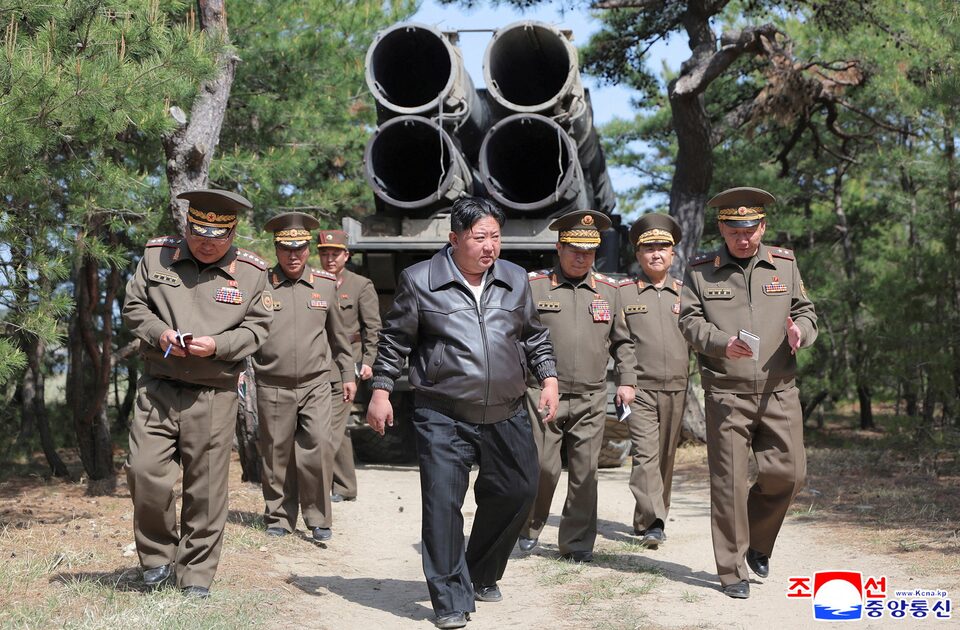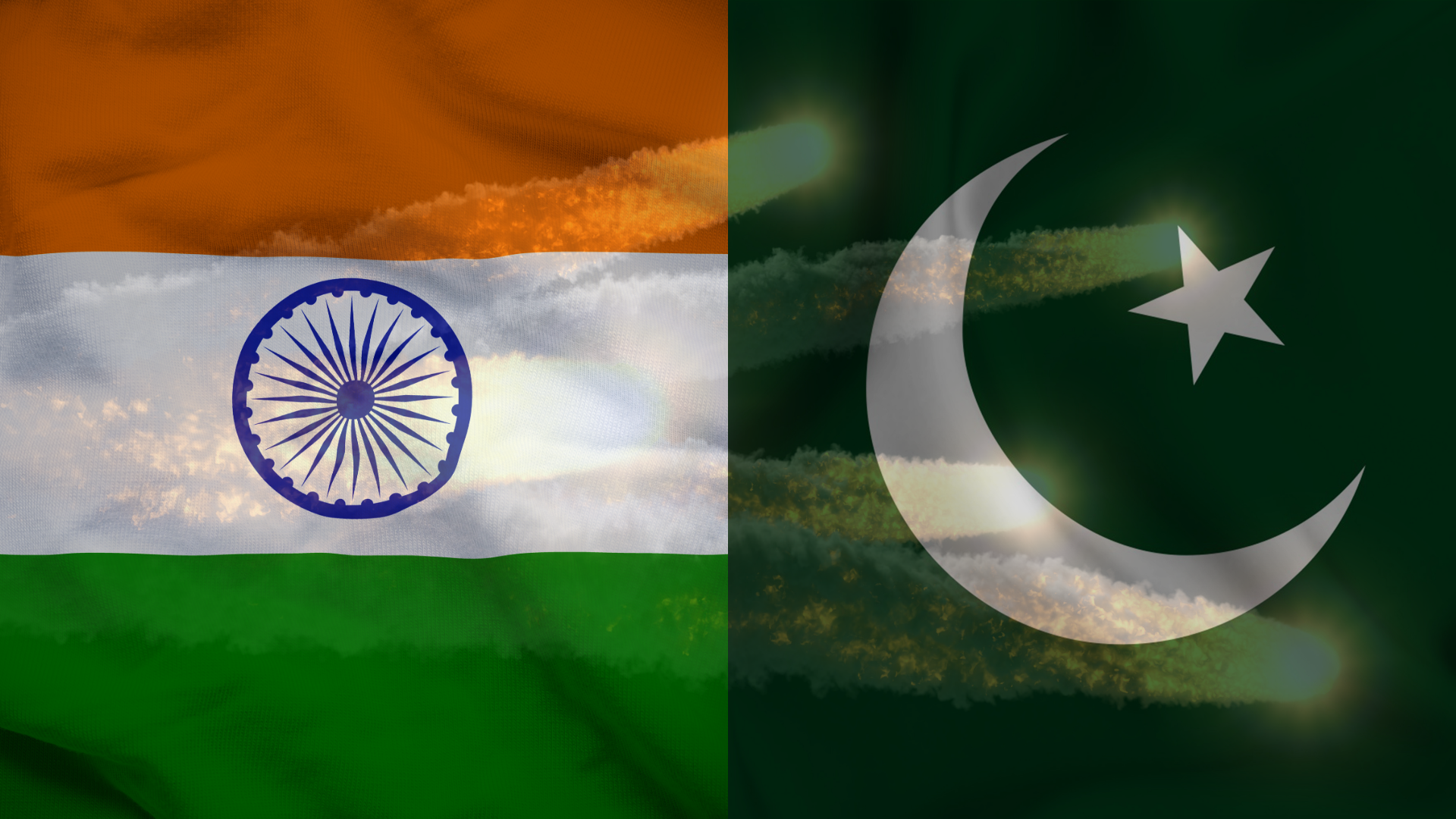Minjok (Korean for “nation,” “people,” “ethnic group,” or “race-nation”), originally referring to the residents on the Korean Peninsula, is a collective category that was formed during Korea’s transition to the modern era and was the agent of resistance and the independence movement against colonial rule. In the course of the founding of the state after liberation, the definition of Minjok transformed, then referring to a political sovereign body to establish a new constitutional order. It was the grounds for setting the unification of the Korean Peninsula as an undisputed goal. It is the basis of historiography that describes the history of the Korean Peninsula as the Minjok narratives and it is used to emphasize the ethnic unity of Korean diaspora living around the world.
Minjok as controversial concept accompanied by tension and confrontation
However, despite its influence, the term Minjok has merely been used for a century and its sociopolitical implications are very complex. In addition, the meaning of this word varies depending on the subject and context, so it is a controversial concept that is often accompanied by tension and confrontation. The reason a strong Minjok or national identity did not help in overcoming the ideological division between the two Koreas lies in this complexity. Exploring such a transformation that has been made to the concept of Minjok during the colonial rule and the Cold War and what influence it will exert on the vision of social integration and unification in the 21st century is a very important theoretical and practical task.
Conceptual historians, including Reinhart Koselleck, emphasize that concepts not only are formed and constructed in history, but also can act as important independent factors. During the first half of the 20th century, various basic modern concepts were accepted and spread in earnest in Korea. When the term Kukmin (“people as a nation”) was highlighted, the perception of people as a political sovereignty, which is different from the concept of people in a social class under the dynasty, began to grow. However, as Korea failed to independently transform itself into a modern sovereign state, Minjok emerged as a term referring to a new category. It was a new identity rooted in the belief that, despite the absence of the state, the Joseon⑴ Minjok is real and has been present for a long time as a historical and cultural community. Dong-A Ilbo, a Korean newspaper, expressed this change as, “We, the Joseon people, have discovered our Minjok over the recent years” (February 6, 1924).
Amidst the absence of the state, Minjok was considered sacred and permanent. Yi Kwang-su⑵, who asserted that “Minjok is an eternal reality,” said, “Life of Minjok is bigger than any religion and longer than any ideology.” However, internal divisions occurred that even concept of Minjok could not bridge. In the 1920s, a trend that understood the colonial rule as capitalist class domination and therefore emphasized the working class or the peasant class of Joseon rather than Joseon Minjok emerged under the influence of socialism. The left–right ideological debate within the independence movement was directly related to the understanding of the self-consciousness or identity of Joseon people. It was also an identity struggle over whether to further emphasize the primitive and historical community or to emphasize the attributes of class domination and economic exploitation.
From the perspective of political history, the process of creating a divided state occurred during the short period from liberation to founding of the state. From the viewpoint of conceptual history, this occurred during a time in which conflicts regarding the categories of Minjok, Inmin (“people”), and Kukmin (“people as a nation”) erupted and intense struggles regarding their interpretation took place. In this context, these concepts became weapons of political and ideological warfare. The original sentiment and consciousness of Minjok that emphasized language, lineage, history, and culture were shared by all people, but the conflict intensified over what their status should be. The concept of Minjok as a permanent category embracing ideology and social class had been welcomed by the right-wing camp, while the leftists who prioritized class struggle criticized the concept.
For several years after liberation, the concept of Minjok had been formalized, politicized, and instrumentalized, intervening in the historical process. First, Minjok was formalized as a comprehensive category in which primitive elements were emphasized. The language, characters (Korean alphabet), and names were regarded as elements representing the self-consciousness and pride of Joseon people. In this context, Gaecheonjeol (meaning “the opening of heaven”), which was originally a religious event of Daejonggyo, an indigenous religion of Korea, was upgraded to National Foundation Day. The more Minjok was emphasized as the original category, the greater the criticism by socialists. They denounced the deduction of the transcendent concept of Minjok from Dangun⑶ as “a [biased] cultural history based on extreme nationalism.” Even in the realm of literature, it was difficult to overcome the political confrontation between the right and the left even though they shared many common values. Im Hwa, who represented the left wing, stated, “Minjok of this time should be a category belonging to the united front that will be formed of peasants and progressive citizens, including the progressive and revolutionary working class.” On the other hand, Park Jong-Hwa, who led the right wing, said, “Minjok is a category [of people] who share the same myths based on traditional sentiment, protect and maintain their territory, and share joys and sorrows related to national interests.”
During liberation, the concept of Minjok was closely tied to political conflict. The right way to define being “pro-Japanese,” which was considered an “anti-national (Minjok) crime,” was a political and intellectual matter. Most of the founding forces insisted on the punishment of the pro-Japanese groups, but they experienced intense conflict in setting the scope of the pro-Japanese and their behaviors. From the rightists’ point of view, the pro-Japanese should be punished, but it was never acceptable for the punishment to lead to violations of the private property system, the denial of the capitalist system, or the dissolution of liberal democracy. However, North Korea, which had been under the protection of the Soviet Union, set the destruction of capitalism and the landlord system as the core activity for eradicating the pro-Japanese. This political confrontation led to the enactment of different constitutions between the two Koreas.
After 1948, different political communities were formed in the south and north on the Korean Peninsula. They confronted each other, advocating for their own legitimacy. Soon after, hostility between the two communities intensified even further due to the global Cold War regime and the Korean War. South Korea tried to strengthen its identity as an anti-communist Minjok by formalizing what Minjok symbolizes and linking the symbol to the heroes of the anti-Japanese war and the sacrifices of anti-communists. On the other hand, North Korea tried to strengthen its legitimacy as a class state by emphasizing the concept of Inmin.
Democratizing, Objectifying, and Opening up Minjok
Clearly, Minjok was the main agent of the independence movement during the period of tyrannical colonization, and the concept based on primitive elements had a far-reaching impact at that time. Not only the right wing significantly led by the political forces from the Korean Provisional Government, but the left wing that highlighted the armed struggle in Manchuria also emphasized the power of Minjok. However, the political divisions by the ideological orientation for building a new nation led to confrontation and politicization of the concept. The emergence of the divided government and the Korean War accelerated the instrumentalization and weaponization of the concept. In the end, although the concept of Minjok had a very strong discursive influence, it did not exert much power of unity during the division process. However, in essence, the concept of Minjok has the potential to subvert the division and hostility between the two Koreas. Can this potential be realized in the 21st century under the Kim Jong-un regime? We should not deny the possibility in advance, but we should be prepared as it will not be easy. This is why it is so important to reflect on the experience in which the concept of Minjok was reduced to a political weapon when the respect for individuals disappeared and to realize the importance of building a substantial democracy. Only when the work of democratizing, objectifying, and opening up Minjok is continuously carried out, the concept can contribute to the reconciliation and unification of the two Koreas and the potential to facilitate communication with the communities in Northeast Asia also can develop.■
⑴ The last dynasty of Korea
⑵ A Korean writer, 1892-1950. He is best known for his novel The Heartless.
⑶ The legendary founder of the first Kingdom on the Korean Peninsula
■ Myoung-Kyu Park distinguished Visiting Professor of Gwangju Institute of Science and Technology and Emeritus Professor of Seoul National University. His research fields are historical sociology, inter-Korean relations, ethnicity and nationalism, Korean social history, peace studies, sociology of religion and culture.
■ Typeset by Kwang-min Pyo Senior Researcher
For inquiries: 02 2277 1683 (ext. 203) | ppiokm@eai.or.kr




